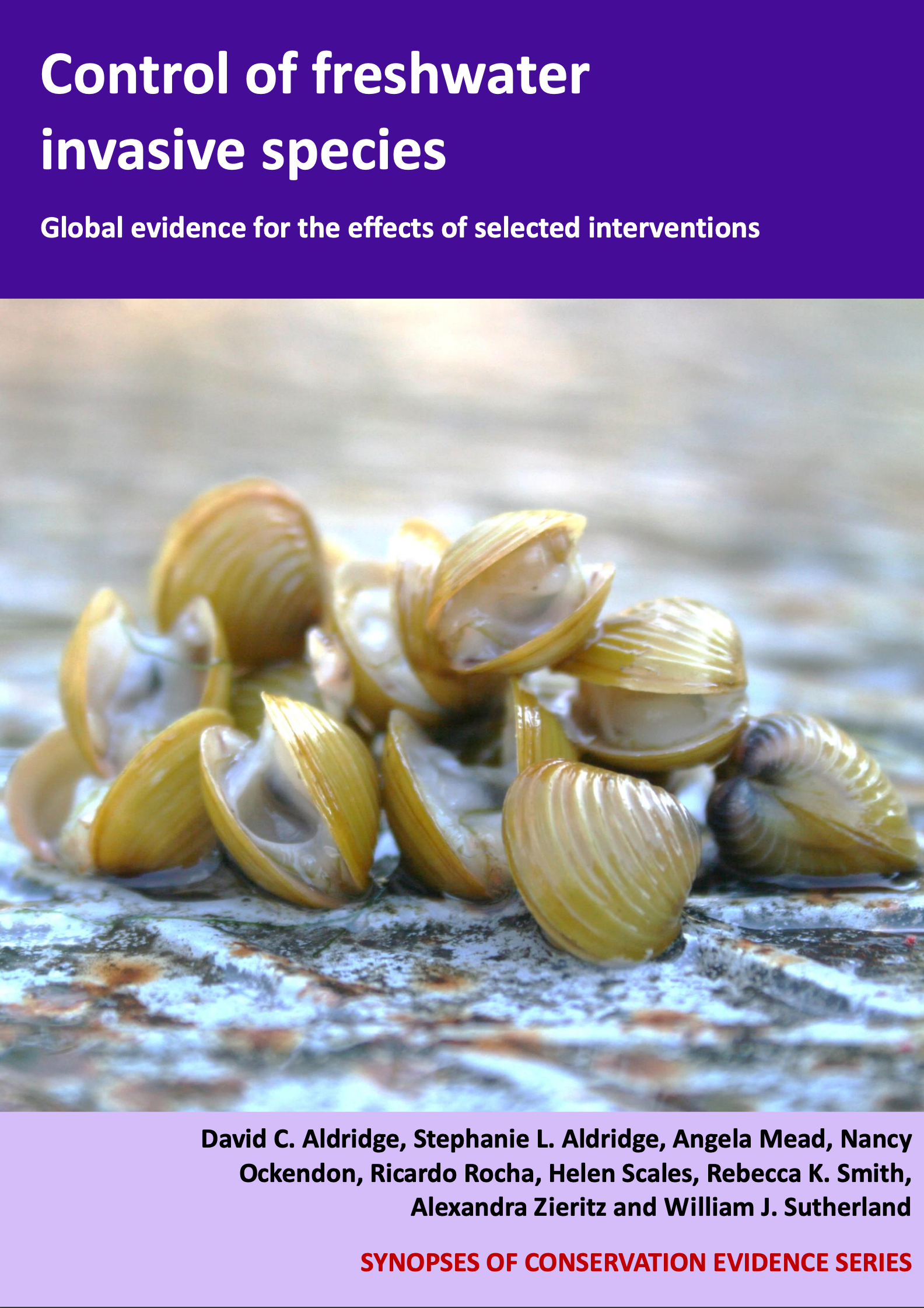Procambarus crayfish control: Trapping combined with encouragement of predators
-
Overall effectiveness category Likely to be beneficial
-
Number of studies: 2
View assessment score
Hide assessment score
How is the evidence assessed?
-
Effectiveness
50% -
Certainty
50% -
Harms
0%
Supporting evidence from individual studies
A before-and-after study conducted between 1997 and 2001 in ponds in Switzerland (Hefti & Stucki 2006) found that the introduction of natural predators in combination with trapping lowered numbers of the red swamp crayfish Procambarus clarkii. Over a period of four years, the number of crayfish fell from 10,000 to 1,000. Approximately 15,000 crayfish were caught in total. Each night, 0.7-3.4 crayfish were caught/trap. From 1997 to 1999, the natural predators, eel Anguilla anguilla, and pike Esox Lucius, were put in the pond along with 7,000 traps.
Study and other actions testedA replicated, paired sites study conducted in 2008 in two artificial canals in Italy (Aquiloni et al. 2010) found that trapping was more effective than using a predator, the eel Anguilla anguilla, in controlling red swamp crayfish Procambarus clarkii populations. Transects containing low densities of eel did not effectively reduce red swamp crayfish Procambarus clarkii densities in comparison to transects containing traps. When trapping was suspended for a month, crayfish populations increased, indicating that trapping effectively reduces crayfish population sizes. In each canal, two transects (150 x 3 m) were delimited using 2 mm-mesh wire netting. Crayfish density was estimated by trapping with 6 traps per transect for one week. After one week, 15 adult eels were put in one transect/canal. Trapping continued for two weeks. The sex and length of each trapped crayfish was determined. The number of live crayfish was monitored.
Study and other actions tested
Where has this evidence come from?
List of journals searched by synopsis
All the journals searched for all synopses
This Action forms part of the Action Synopsis:
Control of Freshwater Invasive Species
Control of Freshwater Invasive Species - Published 2017
Control of Freshwater Invasive Species Synopsis





)_2023.JPG)














